|
Wed, 2025-04-23 PKU awarded six incoming astronomy postdocs as Boya Postdoctoral Fellows, from a competitive pool of over 50 candidates. Five of the postdocs, Suyeon Son, Anindya Saha, Logan Fries, Kan Chen, and Dan Qiu, are affiliated with KIAA, while one, Zhao Li, is affili
|
 |
|
Tue, 2025-04-22 Prof.Kohei Inayoshi at KIAA was awarded the "The Young Scientists’ Award” from the Minister of Education, Culture, Sports, Science and Technology (MEXT) of Japan, a prestigious honor that recognizes and encourages exceptional young researchers in the fields
|
 |
|
Mon, 2025-04-21 A group of astronomers has found over 1,300 new quasars behind the Galactic plane by using China's Large Sky Area Multi-Object Fiber Spectroscopic Telescope (LAMOST), and the scientists said the results shed new light on some hot issues of cosmic research.
|
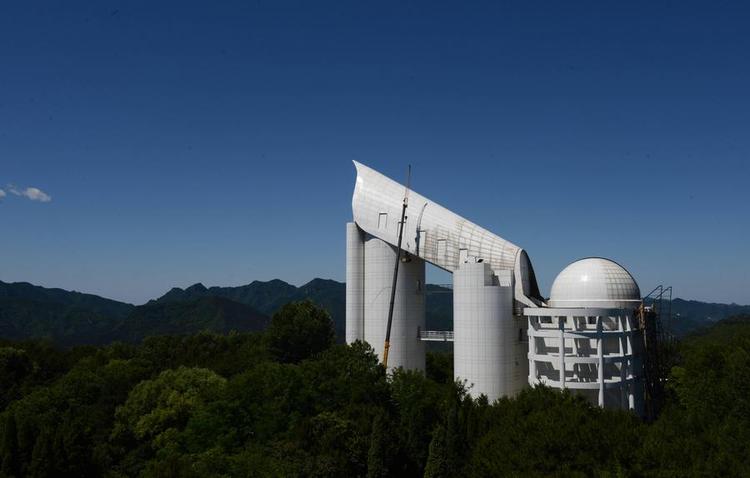 |
|
Tue, 2025-04-01 Recently, the Max Planck Society (MPG) approved the establishment of a new Max Planck Partner Group led by Dr. Jinyi Shangguan, an Assistant Professor at the Kavli Institute for Astronomy and Astrophysics (KIAA) at Peking University. The group will focus on “
|
 |
|
Tue, 2025-04-01 Recently, Lile Wang and Suwei Wang from KIAA were interviewed by Professor Frank Timmes, deputy editor of the American Astronomical Society (AAS) journals.
|
 |
|
Fri, 2025-03-28 A research team led by Professor Liu Fukun from the Department of Astronomy at the School of Physics of Peking University and the Kavli Institute for Astronomy and Astrophysics recently discovered that the supermassive black hole at the center of our galaxy, S
|
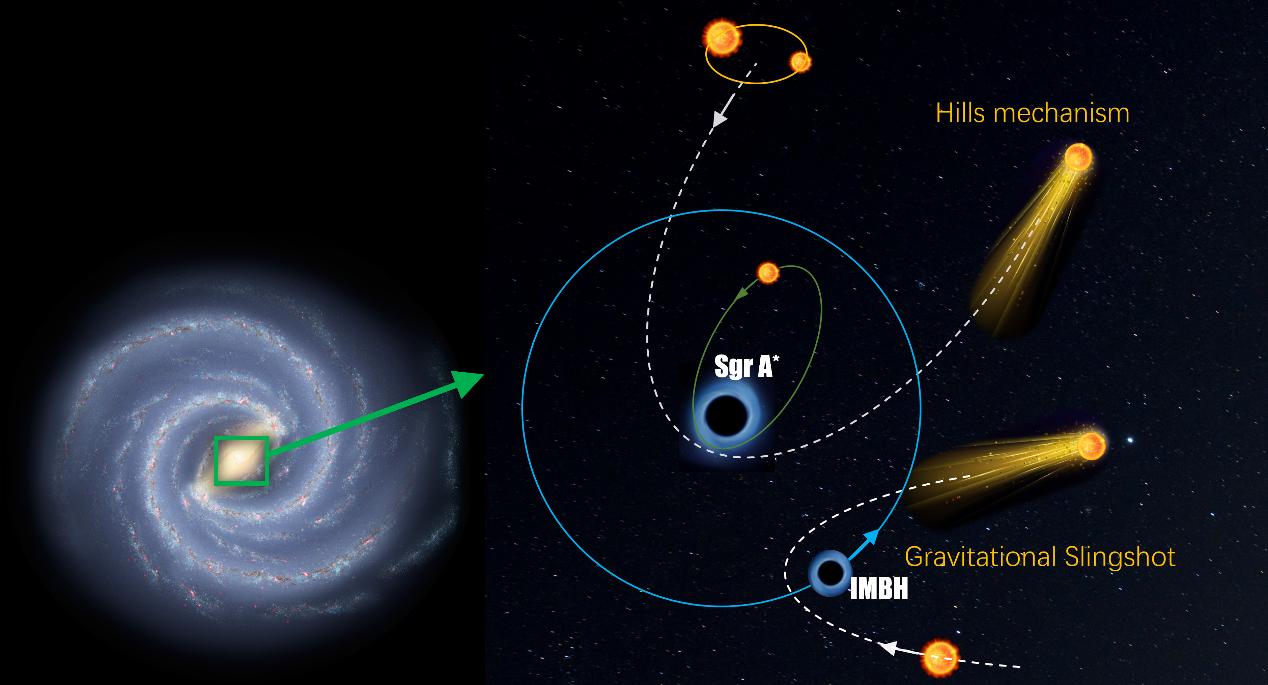 |
|
Mon, 2025-03-03
|
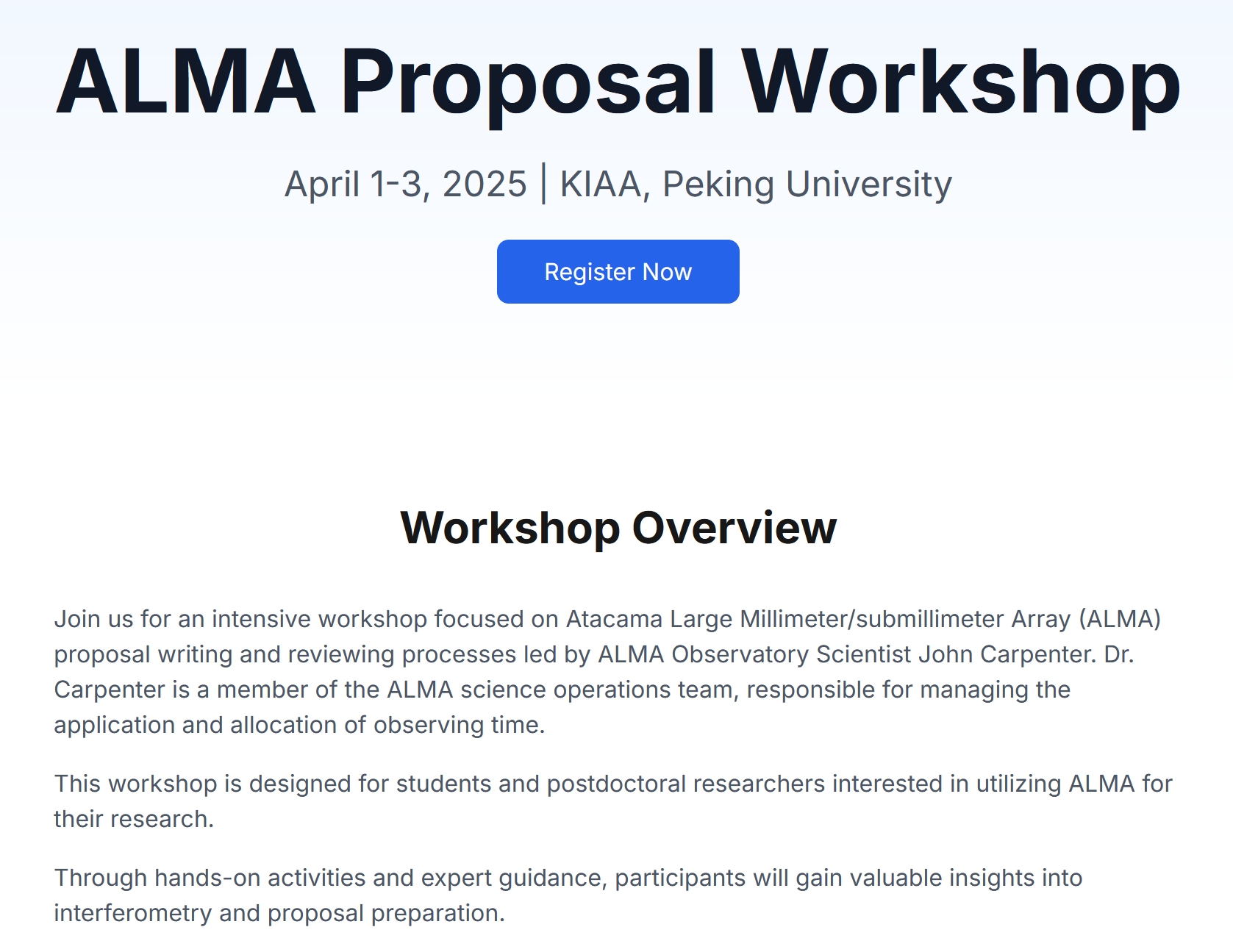 |
|
Thu, 2025-02-20 Recently, researchers from the University of Chinese Academy of Sciences, National Astronomical Observatories, Yunnan Observatories, Peking University, Beijing NormalUniversityproposed that searching for high-velocity stars ejected from globular clusters due t
|
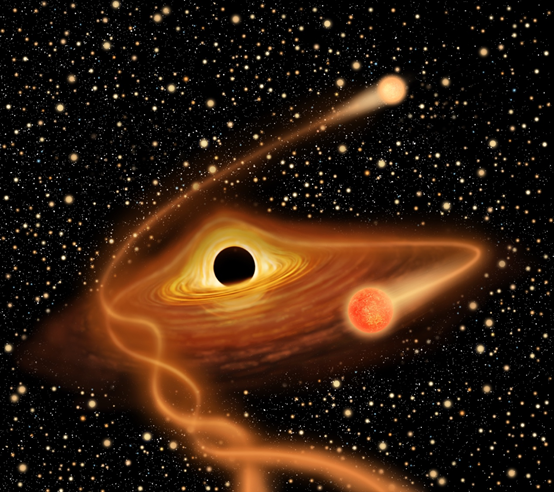 |
|
Fri, 2025-02-07 An international team of researchers led by PKU PhD student Qinyue Fei has found dark matter dominating the halos of two supermassive black holes in galaxies roughly 13 billion light years away, reports a new study published in The Astrophysical Journal on 5 F
|
 |
|
Wed, 2025-01-08 On November 8, 2024, astronomers at Caltech's Palomar Observatory directed a brand-new spectrograph instrument, the Next Generation Palomar Spectrograph (NGPS), to capture data from a newfound supernova. The resulting spectrum from the erupting star was a deli
|
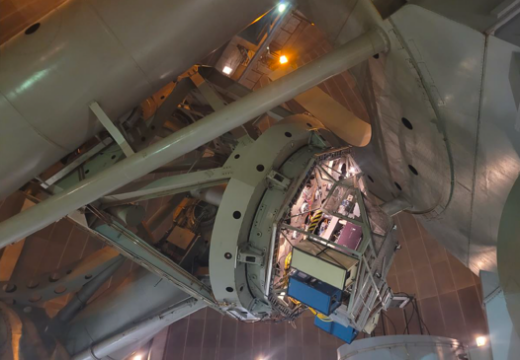 |










